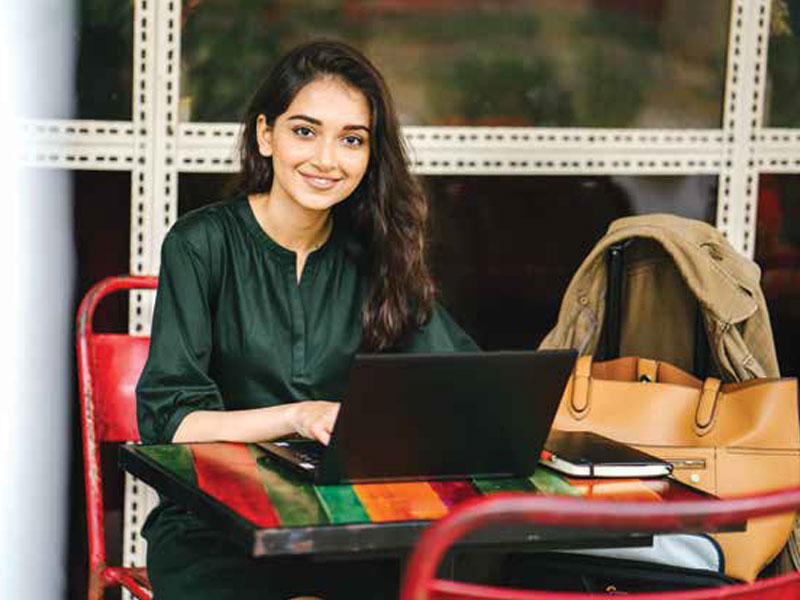Secondary school students (classes IX-XII) are especially vulnerable to eye strain and fatigue as the duration of online classes is longer because of board exams preparation and the need to use computers after-school for projects and assignments – Archana N.
With most state governments hesitant to reopen schools because of rising Covid-19 infections, e-learning and online classes are set to continue for the foreseeable future. Though prolonged exposure to digital screens is adversely affecting the eye health of children of all age groups, secondary school students (classes IX-XII) are especially vulnerable as the duration of online classes is longer because of board
Prolonged on-screen time also causes eye muscle problems such as myopia, hypermetropia, premature presbyopia and computer vision syndrome, which manifests in the form of blurred vision, double vision, red eyes, headaches and eye irritation. “Myopia aka nearsightedness, is a common condition in children who use digital gadgets for long periods of time,” she says.
Dr. Ashalata’s advice to ameliorate eye strain during online classes:
- Ask your teen to place an elbow on the table and then rest her head on that hand. From this position, lift the elbow and touch the screen; that is now the working distance she should maintain from the terminal.
- Follow the 20-20-20 to rule out 20-20 vision. Every 20 minutes look away from the screen at objects/sights 20 feet away for 20 seconds.
- Taking mini-breaks from screen exposure is more beneficial that using protective screens and glasses to reduce eye strain.
- Encourage children to play outdoor games.
- Headaches, excessive blinking, eye rubbing, and fatigue are warning signs of vision problems.
- Dry eyes are also a symptom of poor ocular health. When children stare at a screen, the blinking rate reduces to 5-10 per minute. This can lead to dry eyes. Remind children to blink often.
- Visit your ophthalmologist at least once a year for a check-up. This has become more important now because of children spending more time on screen.
Naveen Sharma, co-founder, Ashmayu Yoga, Bengaluru, shares some yoga techniques to strengthen eye muscles, eyesight and relieve stress.
Before starting these exercises, splash eyes with cold water a few times. When finishing the exercises prescribed below, lie down in shavasana for 5-7 minutes, focusing on breathing. Breathe in and out slowly.
Palming. Sit cross-legged on the floor or chair spine straight. Rub the palms vigorously and place them over your eyelids without exerting pressure on the eyes. You will feel the warmth and the eyes relax. Lower your hands and repeat the process three times.
Blinking. Sit cross-legged spine straight, and blink 10 times quickly. Then close your eyes while taking 8-10 deep breaths. Repeat six times.
Up and down viewing. Sit with your legs straight in front of your body, head and spine straight. Make a loose fist with your thumbs pointed upwards. Place elbow on knees, keeping arms straight, then slowly raise the right thumb following the motion of the thumb with the eyes. When you have raised the thumb to the maximum height, gradually bring it to the starting position all the while keeping the eyes focused on the thumb without moving your head. Repeat with your left thumb. Then repeat these sets five times.
Also read: Enabling teens to manage lockdown depression
